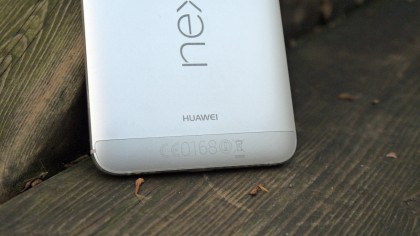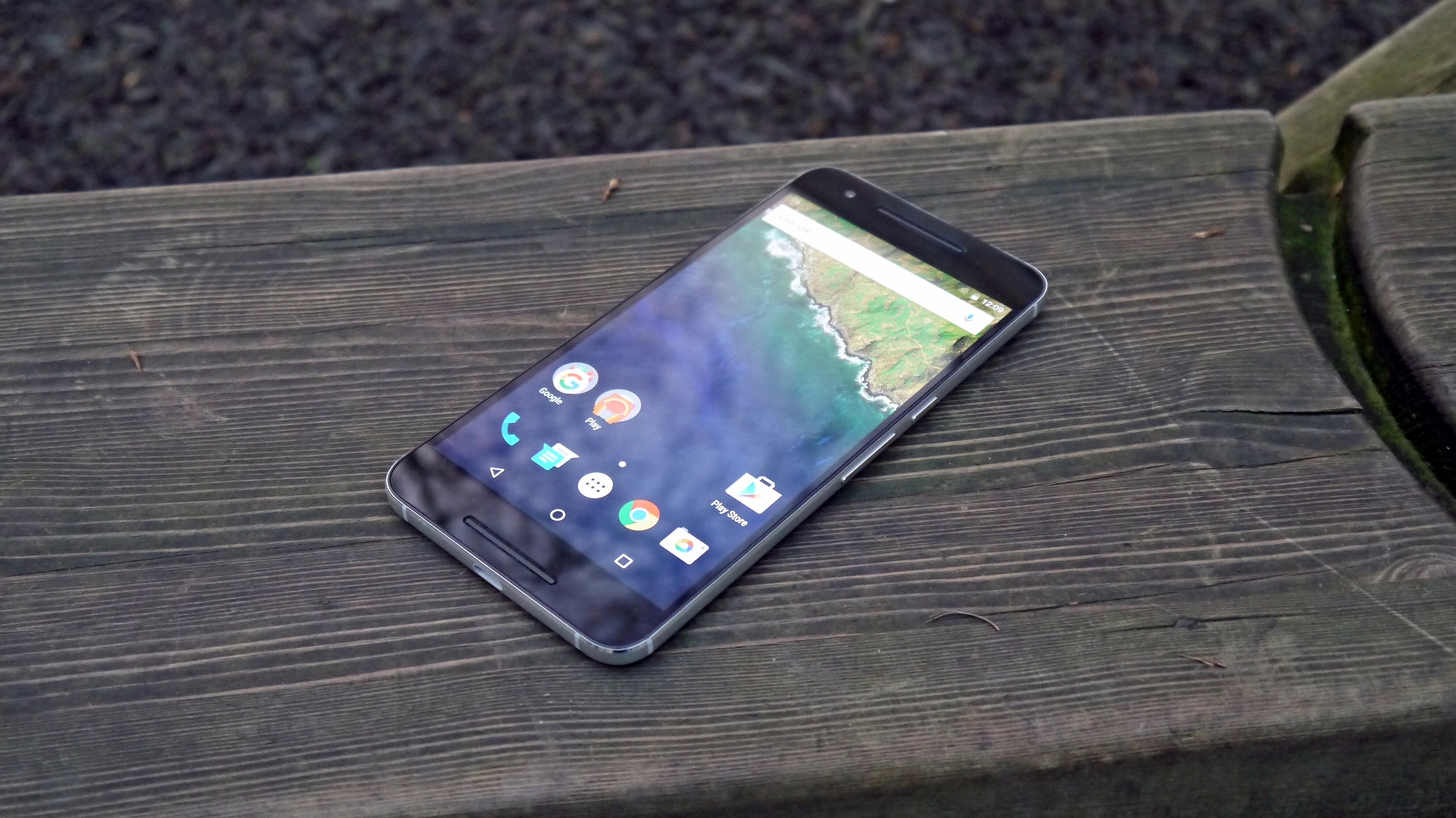Why you can trust TechRadar
The Nexus 6P has been built to be a cutting-edge phone, and it succeeds with more advanced architecture than the Nexus 5X and several top Android phones.
This is because it harnesses the power of the Snapdragon 810 v2.1, which doesn't run as slow or hot under pressure as the Snapdragon 810 when it debuted in the LG G Flex 2.
Qualcomm's 64-bit, octa-core processor combines a faster 2.0GHz quad-core chip and a slower, but more energy efficient, 1.55GHz quad-core one. The results finally strike the right balance.

Saving even more power, the Nexus 6P includes what Google calls the Android Sensor Hub, a dedicated motion chip that alone drives all sensors on the phone. This leaves the core processing unit more bandwidth (and thus power) to run the operating system.
The Android Sensor Hub accomplishes orientation and motion tracking tasks, all without taxing the processor. It goes hand-in-hand with the battery-saving, Android Marshmallow Doze feature.
There's an Adreno 430 GPU embedded into this System-on-a-Chip, too and, more importantly, 3GB of RAM. The hardware is fit for multitasking through a whole bunch of apps without painful slowdown. With Android Marshmallow or Android Nougat beta onboard the 6P, it hardly flinches.
It's certainly not future-proofed with the most RAM out there. 4GB of RAM became the standard among phablets in the latter half of 2015, including the Galaxy Note 5, Galaxy S6 Edge+ and OnePlus 2, then in 2016 with normal-sized phones like the LG G5, Samsung Galaxy S7 and S7 Edge. Meanwhile, Asus Zenfone 3 and OnePlus 3 are taking it to the next level with 6GB of RAM.
Sign up for breaking news, reviews, opinion, top tech deals, and more.

The Nexus 5X is technically even slower, with its stepped down Qualcomm 808 processor and just 2GB of RAM. In most – but not all – cases, apps loaded more quickly on the Nexus 6P.
Huawei's phone also benefits from bigger internal storage sizes of 32GB, 64GB and 128GB, while the 5X is limited to 16GB and 32GB. The latter's low entry-level price is attractive, but deceiving.
There's no microSD card slot in the Nexus 6P, so it's important to pony up enough money for the storage you need both now and down the road.
Performance
So how did all of the Nexus 6P's silicon fare when put under the pressure? The good news is that the Snapdragon 810 v2.1 didn't buckle after running a bunch of Geekbench 3 tests.

With a score of 4,073, it's plenty faster than the HTC One M9 (3,595) and LG G4 (3,499), but trails the iPhone 6S Plus (4,418), Samsung Galaxy S6 (4,975) and Note 5 (4,849).
It's exactly what I hoped for, given the souped-up specs, but bargain price compared to top tier phones from Apple and Samsung. It's definitely a step up from the Nexus 5X (2,990).
There was an off-chance that the Snapdragon 810 v2.1 processor wouldn't be the fix Google and Huawei were hoping for. While there's some slowdown, it's not the dramatic trouble that made the LG G Flex 2 so disappointing nine months ago.
Current page: Specs and performance
Prev Page Display, fingerprint sensor and USB-C Next Page Android 6.0 Marshmallow and apps
